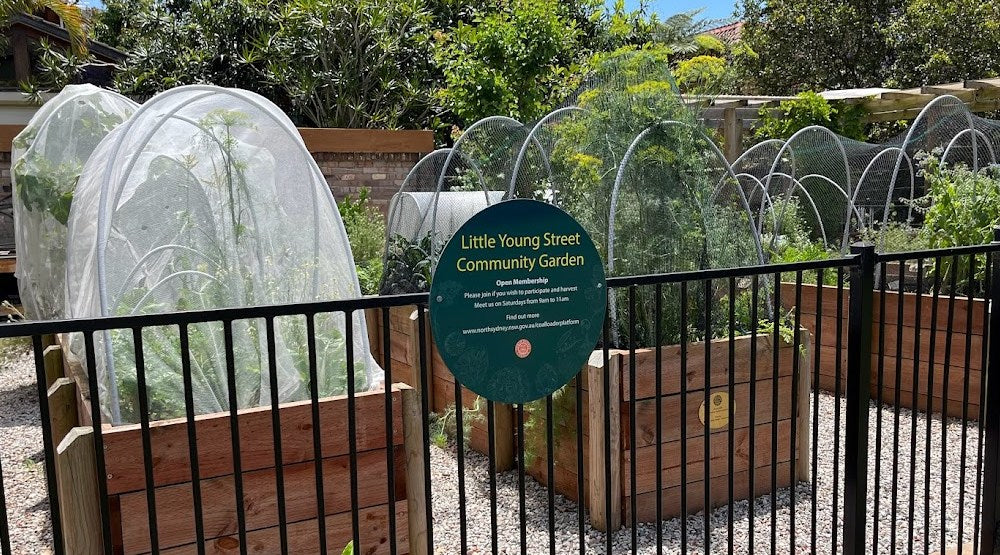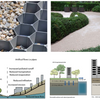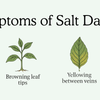Setting up a community garden

Community Gardens - What to do and how to do it
After our recent post on this topic, some of our readers asked us to go into more detail about how to set up and run a community garden. In this post we will look at various community garden models from small verge gardens to larger ones, structures and roles, and the importance of soil.
Size and Membership
The ‘City of Sydney, Community Garden Guidelines’ published in 2016 provides a useful guide to member numbers and land size.

Will it be a shared community garden where crops are harvested for the block or suburb? Will certain plots be for designated people? Will this be private or can members of the public from outside of the community join and / or visit? If they can, what time and what about nighttime access? Other considerations for starting a community garden are water supply, seats/tables, shelter/growing structures, and universal accessibility.
When selecting members, ensure that there is at least a core team of people (council guidelines recommend 6) versed in the following:
- admin who facilitates/coordinate/record meetings,
- ensure WHS (Work Health & Safety) compliance,
- raise and manage funds,
- social media/marketers who can recruit volunteers and fund raise,
- task coordination leaders to buy supplies and organize work for garden (e.g., netting, staking, pruning, seed raising),
- public liaison who works with the council regarding restrictions (Covid, water),
- another member who applies for grants which involves working with local and state government businesses.
Community Garden Design
The design of a community garden will depend on the following factors – soil fertility / contamination, land parcel size, accessibility and visiting time restrictions for members or school groups. Most community gardens in Australia, particularly those in urban areas, use raised garden beds rather than in-ground growing methods due to contaminates in soil, often unknown until the soil is tested.. Community gardens are often established on ex industrial land, next to train lines and on old landfill sites, which are the source of many of the flat parks in Sydney.
The use of raised garden beds makes the installation of wicking bed systems particularly attractive and easy.
The Importance of Soil Moisture
Given many of Australia’s soil types are notoriously sandy, gardeners face the issue of nutrient retention. Finer soil grains mean water does not soak into the soil easily, nor do the nutrient particles. Retaining water and nutrients can be helped by using wicking cells. This will provide the soil in the community garden beds with a consistent level of moisture. Moisture levels in the soil are an important determinant of plant health and are a function of soil structure and watering. There are basically 3 soil moisture states: -
- saturation,
- field capacity and
- permanent wilting point
In addition to quenching the soil’s thirst, gardeners are hydrating biocrust propagules. Crust biome is critical as it starts the natural decay cycle from the surface distributing the broken-down organic matter. Unlike turning over soil, that adds organic matter deep into the soil profile.
Biocrust propagules are parts (including spores) of fungi and living organisms located at the top or the crust of the soil in semi/arid ecosystems. These little critters are critical for biodiversity and ecosystem resilience as they are part of a vast microbiome and soil food web. The interactions which occur in this biome influence the health of the soil, thus the conditions the plants are growing in. Many of these microorganisms break down animal and plant matter into nutrient forms to be used by the plants. Wicking systems reduce disturbance to biocrusts in comparison to other irrigation systems, as disturbance to the surface is minimal. By reducing disturbance to the biocrust, gardeners can ensure their soil is kept healthy and the little critters happy.
Hildasid Farm Community Garden, Wagga Wagga NSW
Setting up Community Gardens - Other Considerations
In our next blog on community gardens will will look at watering systems, seed raising and plant maintenance.
By Tia Ngawhika
References
- Zhang. X et al, 2018,“A bio-wicking system to dehydrate road embankment” Journal of Cleaner Production, vol 196, pp.902 – 915, accessed 13th September, 2021.
- David.D, 2014,“Moss farming: How cultivation of biocrust bryophytes may be the key to arid soil restoration,” PhD Thesis, Northern Arizona University, North Arizona, accessed 13th September 2021.








